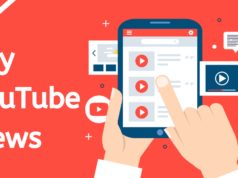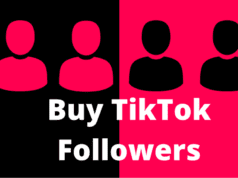
Look at your conversion funnel as a roadmap. Not only a roadmap, but a route on the map that you really want your website visitors to travel along.
It’s one thing to take them from point A to point B, it’s another to guide them through a landscape that will help them arrive at the destination ready to turn into rabid fans and customers.
To do this, you need an optimized funnel. There are ways to go beyond just the typical funnel that assumes that everybody will react in the same way, and making sure that every step of the way is as finely tuned as possible to make your conversion rate soar.
When you are properly optimized, your funnel will take casual visitors and turn them into repeat customers.
Multiple funnels
The idea of a single, one-size-fits all funnel is a thing of the past. These days you have to tailor your offering according to the visitor. You should definitely have an avatar created of who the ideal visitor is that will become a paying customer, but understand that there are going to be people that break the mold and still can become customers if treated right.
This means having different funnels that will attract different users. For instance, you may have visitors that come to your site via Google search, and others from your social media campaign. They are both there for different reasons. If they end up in the same funnel, one of them is likely to leave since they aren’t getting what they needed.
Another example is some end up at the “Retention” stage of the funnel through signing up for an email list and others from push notification marketing. Why should it matter how they got there?
Well, somebody signing up for an email was likely offered a freebie in the form of a lead magnet and might take more convincing to stick around after they’ve gotten what they wanted. Whereas somebody who signed up for a push notification loves the content and wants to get more without needing any incentive.
Optimize your content
Your funnel is highly dependent on your content. People say that good content converts. What is good content?
The problem is that it depends.
Every topic is going to require a very specific type of content to deliver results. If your product is technical and requires a certain level of expertise, then your content can’t be too casual and meandering.
On the other hand, if you are trying to get people through a funnel for a lifestyle product, then the content should be more relatable and less technical.
Remember that your content is there to build fans and keep them interested to move them along the funnel.
By using the right language you can cut through the clutter and communicate directly with your visitors.
Each stage of the funnel also requires different kinds of content as well. In the “Awareness” stage, you will want to make sure that you don’t try to start selling the product or service yet. Instead, focus on How-to style content, or tipsheets. Things like that are useful to the visitor and keeps them interested to stay in the funnel for when they are ready for the next stage.
In the “Evaluation” stage, case studies and demo videos are highly effective. This builds some trust around the product’s efficacy and usefulness in solving the problem the visitor has.
Lastly, the “Purchase” stage should feature content like a free trial or some kind of coupon giveaway that was not available earlier in the process.
Analyse performance
You should be able to target areas where there is a weak link in the funnel by tracking when visitors leave. Either through using your Google Analytics to see which pages people are exiting more often and in the email list provider’s dashboard to see when they unsubscribe the most.
Use this information to really take a look at what is missing in those points that makes people want to leave. Focus on testing some new content to keep them active in the funnel.
Conclusion
Tes, test and then test again. This is the key to success when it comes to optimizing your funnel. Use split testing and different landing pages. Try out various email drip campaigns based on demographics. And ask people how you can improve and learn from their experience.
The more you test, the more you can find what works and lose the things that don’t.








